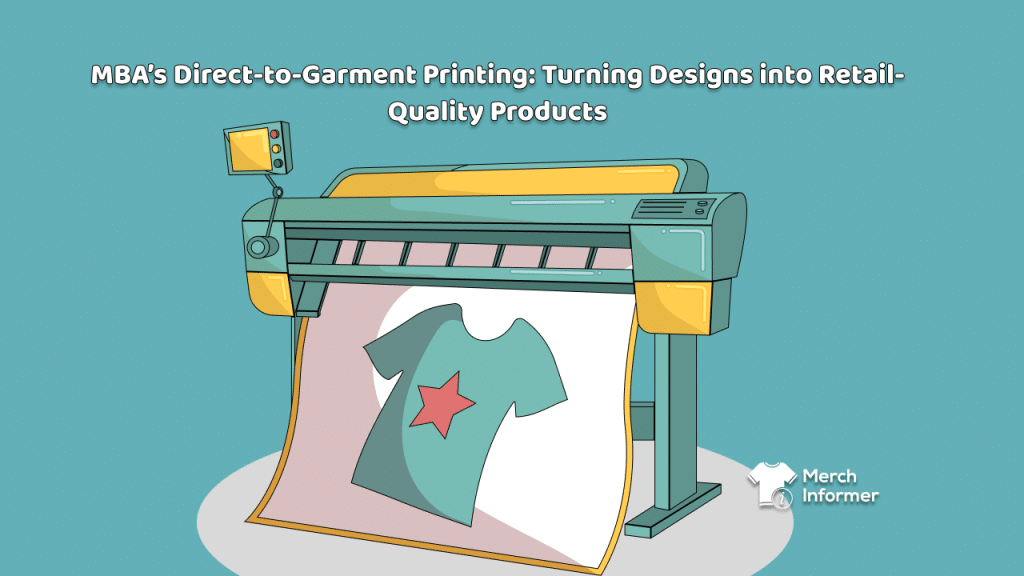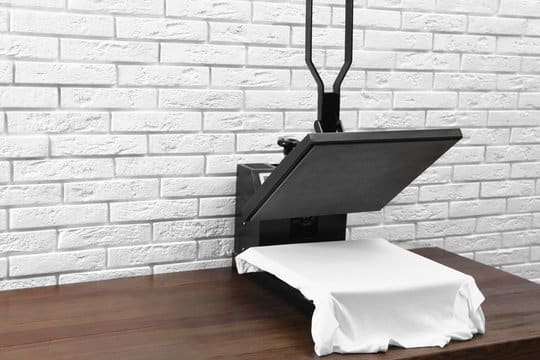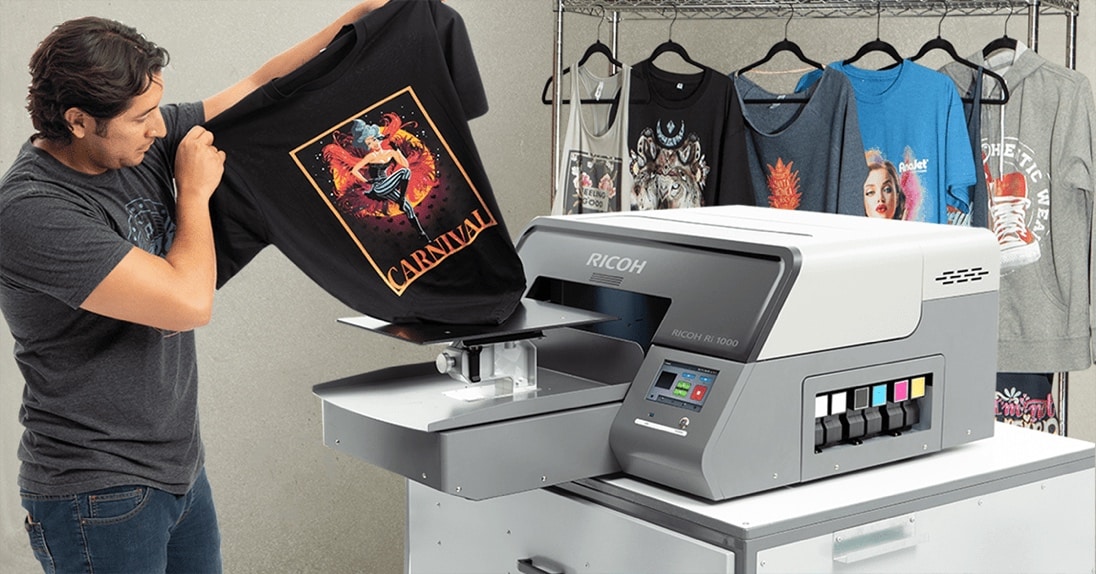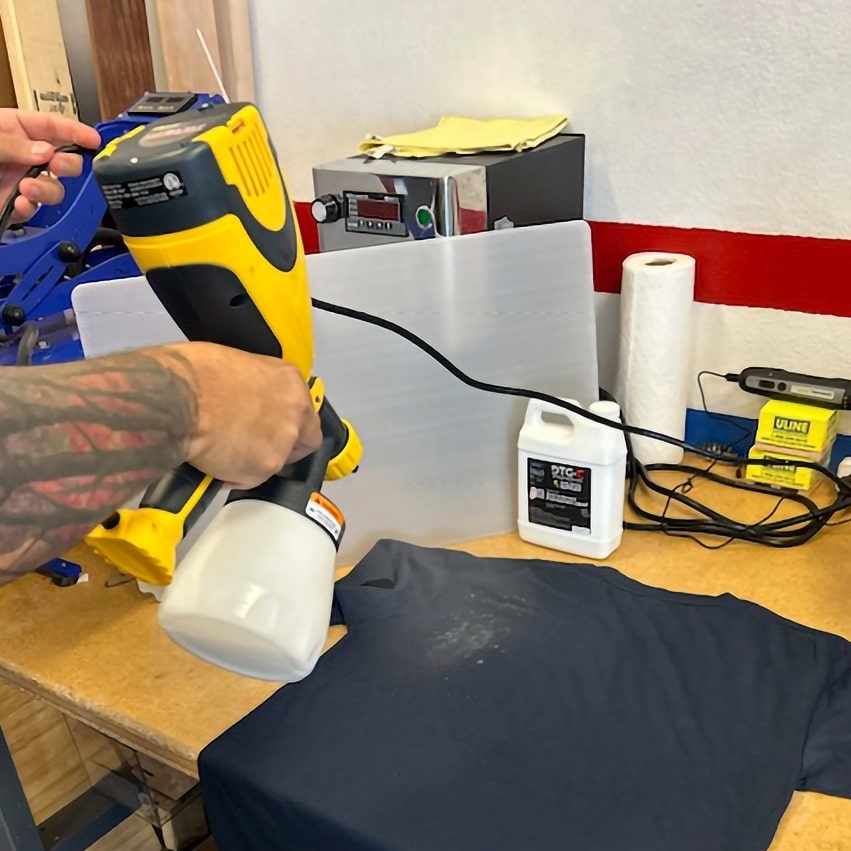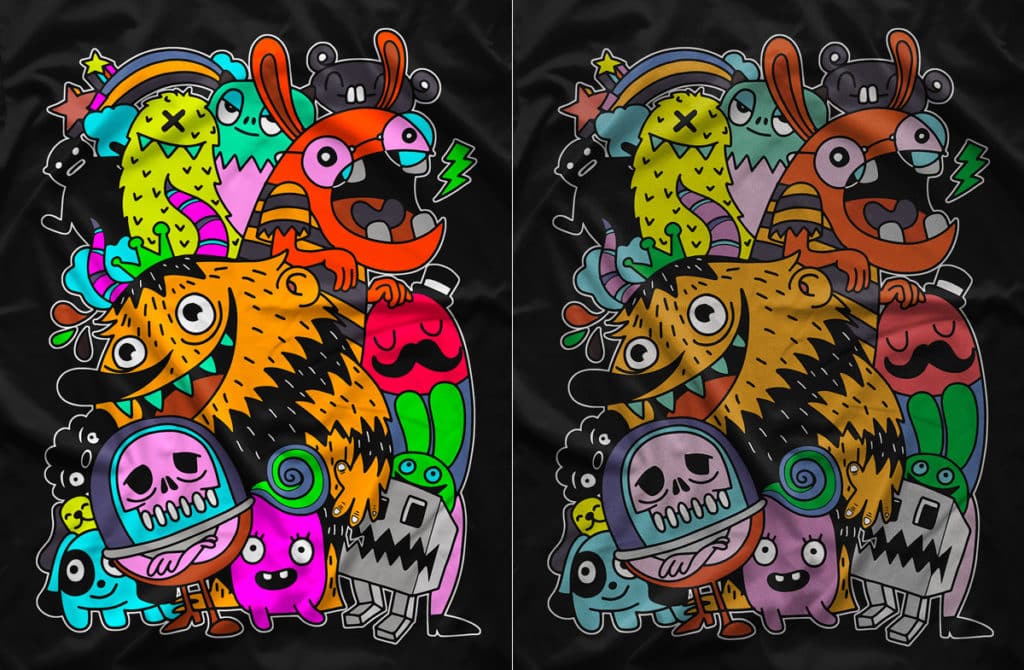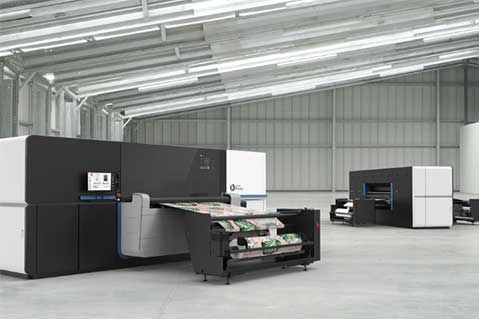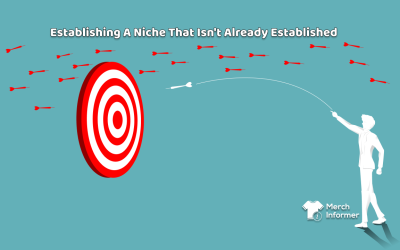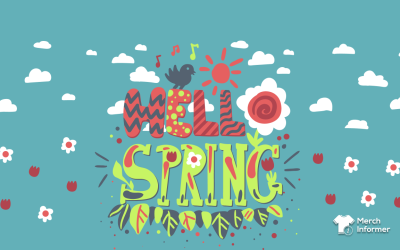MBA’s Direct-to-Garment Printing: Turning Designs into Retail-Quality Products
Ever wonder how Amazon’s Merch by Amazon (MBA) takes your amazing designs and turns them into real retail-quality products? The secret lies in a revolutionary technology called Direct-to-Garment (DTG) printing. This cutting-edge process allows for the creation of high-quality printed merchandise quickly and efficiently, making it easier than ever for designers to bring their visions to life. In this article, we’ll explore the journey of print-on-demand merchandise, the advent of DTG technology, its workings, current limitations, and the future of this transformative technology.
The Evolution of Print-on-Demand Merchandise
Print-on-demand (POD) has come a long way since its inception. In the early days, the technology was fraught with limitations. Traditional screen printing, the predecessor to POD, required creating a separate stencil (or screen) for each color in a design. This process was labor-intensive, time-consuming, and costly, especially for small batches or single items.
As a result, early POD services struggled to meet the demands of creators who wanted flexibility and high-quality prints without the need for large production runs. Small-business/at-home solutions were limited to giant, iron-like heat presses which could only transfer dark or color designs from printed paper to white/light fabric.
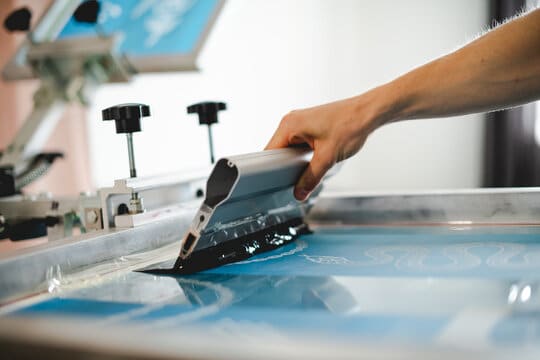
The introduction of digital printing technologies began to change the landscape. Early digital printers offered more flexibility than screen printing but still faced challenges in terms of print quality, color accuracy, and durability. These early systems were not capable of producing the vibrant, detailed prints that today’s consumers expect. However, they paved the way for the development of more advanced solutions.
The Advent of Direct-to-Garment Printing
Direct-to-Garment (DTG) printing emerged as a game-changer in the world of POD. This technology allows for the direct application of ink onto textiles using specialized inkjet technology. Unlike traditional methods, DTG doesn’t require screens or stencils, making it possible to print complex, multi-color designs quickly and efficiently. The first commercial DTG printers appeared in the early 2000s, and they quickly gained popularity for their ability to produce high-quality, full-color prints on demand.
Amazon recognized the potential of DTG technology and began incorporating it into their Merch by Amazon platform. By leveraging DTG, MBA allows creators to upload their designs, which are then printed on garments as orders are placed. This approach eliminates the need for large inventories and enables a just-in-time production model, reducing waste and ensuring that creators can offer a wide variety of designs without upfront costs.
How DTG Technology Works
DTG printing is a fascinating blend of precision engineering and chemistry. Here’s a step-by-step breakdown of how the process works:
- Design Preparation: The process begins with preparing the digital design. Creators upload their designs to the platform, where it is checked for compatibility with DTG printing. This step ensures that the design will print accurately and look great on the chosen garment.
- Garment Preparation: Before printing, the garment must be pre-treated. This involves applying a special pre-treatment solution to the fabric, which helps the ink adhere properly and ensures vibrant colors. The garment is then heat-pressed to cure the pre-treatment and create a smooth printing surface.
- Printing: The pre-treated garment is loaded into the DTG printer. The printer uses advanced inkjet technology to spray water-based inks directly onto the fabric. The print head moves back and forth, depositing tiny droplets of ink with precise control. This allows for high-resolution prints with intricate details and a wide color gamut.
- Curing: After printing, the garment needs to be cured to set the ink. This is typically done using a heat press or a conveyor dryer. The heat activates the ink and bonds it to the fabric, ensuring durability and wash-fastness.
- Quality Control: The final step is a quality control check. Each garment is inspected to ensure that the print is accurate and meets the desired quality standards. Any defects are identified and corrected before the product is shipped to the customer.
Limitations of Current DTG Technology
While DTG technology offers many advantages, it also has some limitations. Understanding these can help designers create better products and avoid common pitfalls:
- Fabric Compatibility: DTG works best on 100% cotton garments. While it can be used on blends and other fabrics, the print quality and durability may be compromised. Designers should choose their garments carefully to ensure optimal results.
- Color Matching: Achieving exact color matches can be challenging with DTG printing. The inks and printing process can affect the final appearance of colors. Designers should be aware of this and may need to adjust their designs accordingly.
- White Ink Issues: Printing with white ink can be problematic, as it often requires multiple passes to achieve opacity. This can lead to longer print times and higher costs. Simplifying designs to reduce the need for white ink can help mitigate these issues.
- Print Durability: While DTG prints are generally durable, they may not be as long-lasting as traditional screen prints, especially on frequently washed items. Designers should consider this when creating products intended for heavy use.
Designing for DTG: Tips to Avoid Pitfalls
To get the best results from DTG printing, designers can follow these tips:
- Use High-Resolution Images: Ensure that your designs are high-resolution (at least 300 DPI) to avoid pixelation and maintain detail in the print.
- Simplify Colors: While DTG can handle full-color designs, simplifying your color palette can help with color accuracy and reduce printing costs.
- Optimize for Fabric: Design with the fabric in mind. Choose colors and details that will work well with the garment you’ve selected, keeping in mind the fabric’s texture and color.
- Pre-Treat Test: If possible, test your design on a pre-treated fabric sample to see how it will look once printed. This can help identify any issues before committing to a full production run.
- Consider Placement: Be mindful of where your design will be printed on the garment. Avoid placing important elements too close to seams or edges where they might be distorted or cut off.
The Future of DTG Technology
DTG printing continues to evolve, with new advancements promising to address current limitations and expand its capabilities. Here are some developments to watch:
- Improved Inks: Research is ongoing to develop new ink formulations that offer better color accuracy, durability, and fabric compatibility. These improvements will enhance the overall quality of DTG prints.
- Faster Printers: Advances in print head technology and printer mechanics are making DTG printers faster and more efficient. This will reduce production times and costs, making DTG even more accessible for small businesses and independent creators.
- Automated Systems: Automation is becoming more prevalent in DTG printing. Automated pre-treatment, printing, and curing systems are streamlining the production process and reducing the need for manual intervention, which improves consistency and reduces labor costs.
- Expanded Fabric Options: Innovations in pre-treatment and ink technology are expanding the range of fabrics that can be used with DTG printing. This will open up new possibilities for designers to create printed merchandise on a wider variety of textiles.
- Sustainability: As consumers become more environmentally conscious, there is a growing focus on making DTG printing more sustainable. This includes developing eco-friendly inks, reducing water and energy consumption, and minimizing waste through more efficient production processes.
Conclusion
Direct-to-Garment printing has revolutionized the world of print-on-demand merchandise, offering creators unprecedented flexibility and quality. By understanding the capabilities and limitations of DTG technology, designers can make informed choices and create products that truly stand out. As the technology continues to evolve, we can look forward to even more exciting possibilities in the realm of custom-printed apparel and merchandise. Whether you’re an established brand or an aspiring designer, DTG printing provides the tools you need to bring your creative visions to life.
